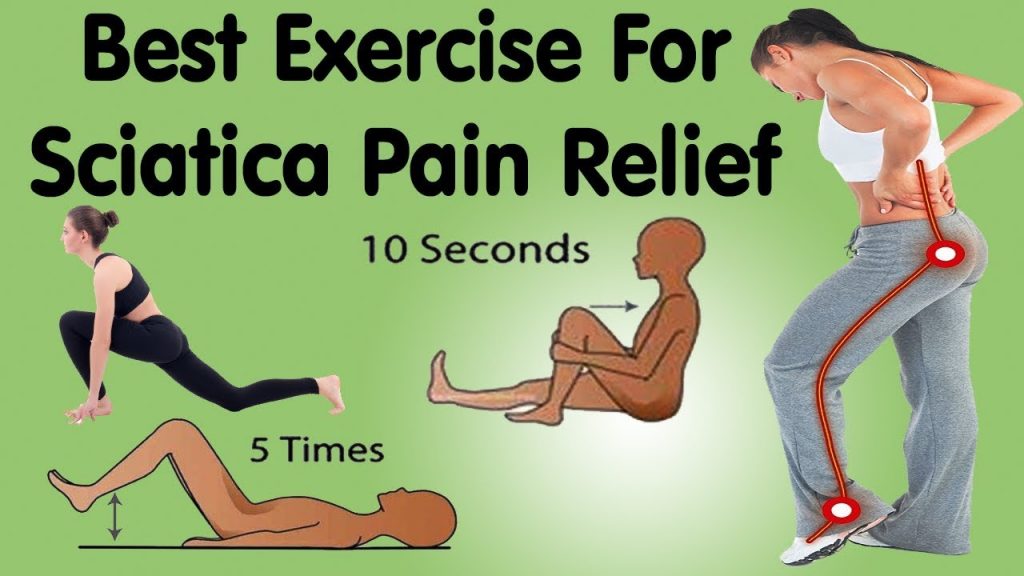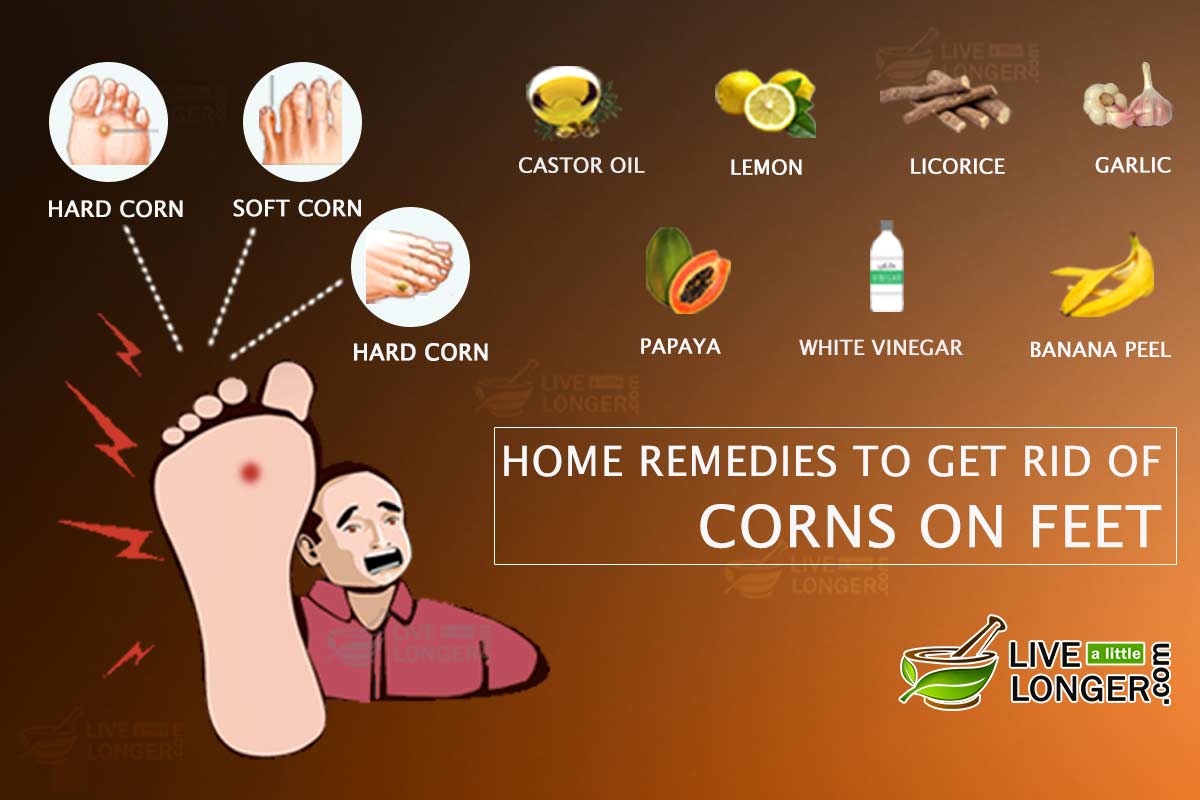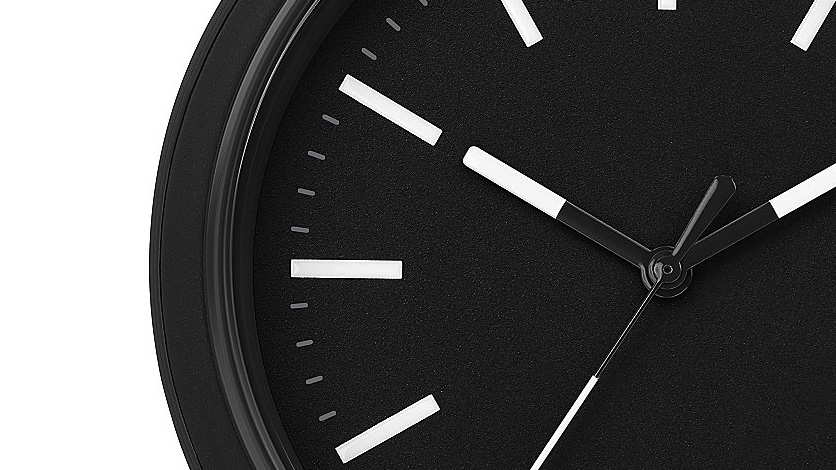Table of Content
Athlete’s foot is caused by a variety of fungi belonging to a group of fungi called dermatophytes, which also causes ringworm and jock itch. Rarely, an athlete’s foot may be caused by non-dermatophytes infection, such as yeast . For this reason, Athletes foot is often contracted from communal showers, changing rooms and closed-in shoes. It also makes Australians particularly susceptible due to our often hot and damp climate. The tinea fungus that causes athlete’s foot can also cause uncomfortable itching in the groin regionoften called “jock itch”. So when you have athlete’s foot, be careful not to infect your groin area.

Some types of athletes foot look like dry skin or dermatitis. To help confirm the diagnosis and rule out other conditions, your doctor might take a skin scraping from the affected area for testing in a lab. Use warm, soapy water and rinse and dry your feet thoroughly, especially between the toes. Apply a medicated foot powder or other medicated powder if you're prone to athlete's foot.
What's the Fastest Way to Get Rid of Athlete's Foot?
Avoid wearing closed or tight shoes, especially in hot weather. They can squeeze your feet and make them prone to an infection due to the sweaty environment. Your doctor will likely be able to diagnose athlete’s foot just by looking at it.

There are ways to protect the feet from fungi and avoid getting athlete’s foot. It is also good to practice these tips to avoid getting a repeat infection or spreading it to others. Home remedies can be quite effective in treating many cases of athlete’s foot. Some of these remedies may be readily available at home, while others are available in health food stores. Athlete’s foot often occurs between the toes—remember, the offending fungi thrive in dark, warm, moist places.
Coconut Oil
And don’t pull your underwear on over your bare feet. In some cases, the blisters can introduce bacteria that can cause severe infections that require hospitalization. Not only could doing so lead to a bacterial infection, it could also make it easier for you to spread the infection to other parts of your body.

One solution to relieve the symptoms of athlete's foot is a medicated cream. "In general, anti-fungal creams are often best to treat the fungus as they are likely to penetrate the best," says Garshick. She recommends one with clotrimazole, an anti-fungal.
Jojoba Oil
Athlete's foot is contagious and can spread through contact with an infected person or from contact with contaminated surfaces, such as towels, floors and shoes. You can also spread it from the foot to other parts of the body, especially if you scratch or pick the infected parts of your foot. Wear lightweight shoes and change socks frequently to keep feet dry. Baking soda may have antifungal properties and could be used in a foot soak. Another study found that tea tree oil was more effective at killing fungi than several other antifungal agents that were tested. Tea tree oil comes from the leaves of the tea tree, commonly found in Australia.

Treatment incorporates the use of topical medication. There are some types of tinea pedis that cause blisters or ulcers and can spread to the bottom and sides of the foot. Apply the antifungal powder prescribed by your doctor on your feet daily. Alternatively, you can add the lavender oil mixture to two cups of water and soak your feet in it for 10 to 15 minutes. To use this treatment, apply talcum powder directly to the dried, affected area every time before putting on socks. You can apply it directly to the affected area or soak your feet in a footbath of 70 percent rubbing alcohol and 30 percent water for 30 minutes.
There are three main types of athlete’s foot infections. Wearing shoes further creates an environment where fungi can grow. The most common fungi responsible for athlete’s foot are T.rubrum, T.interdigitale, and E.floccosum.
Signs of infection include redness, pus, swelling, drainage, and fever. If you have diabetes, you may not feel pain in your feet due to nerve damage. There are several species of gnats and they all like saturated soil and organic matter from leaf piles, dead plants, compost, manure, and mulch piles, says david price.
If you have tried treatment at home and your feet have not improved in two weeks, see your health care provider. Athlete’s foot is a contagious fungal infection, often beginning with itchiness between the toes. Learn what causes it, how doctors diagnose and treat it, and what you can do to keep it from coming back.

Apple cider vinegar, with its anti-inflammatory properties, can prove to be quite useful in reducing the inflammation and pain. It also helps in destroying the fungal infection responsible for causing athlete’s foot with its antifungal properties . If untreated, athlete’s foot can result in a bacterial infection if skin is broken. This can happen due to scratching or when blisters pop or ulcers become infected. Any type of infection can be very serious and requires prompt treatment. Vicks VapoRub is a product marketed for people with coughs.
Since the athlete's foot fungus is infectious, create a barrier between your feet and a potential vector for transmission. Be aware that athlete's foot can spread to other areas of the body. Fungal infections are opportunistic and can appear anywhere that conditions allow them to thrive. This type of fungal infection can cause fluid-filled blisters to occur suddenly on your foot. The blisters can usually be found on the bottom of your foot.


No comments:
Post a Comment